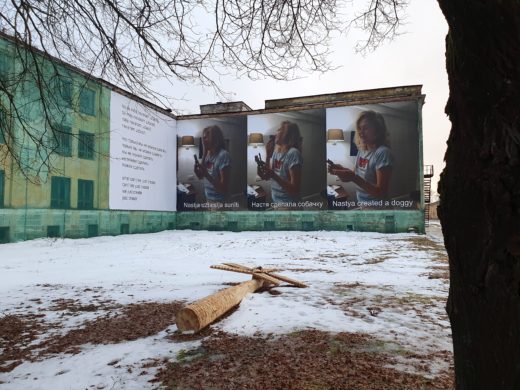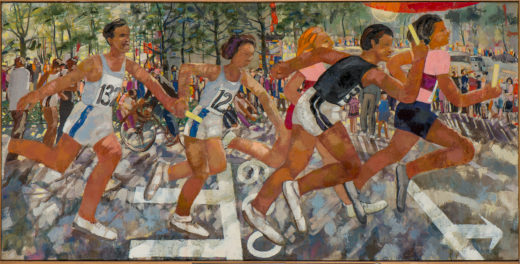Entangled Roots in the Mutating Nature of the New East: Kristaps Ancāns in Conversation with Corina Apostol and Jasmina Tumbas
Romanian-American-Baltic curator Corina L. Apostol and Latvian-British artist Kristaps Ancāns have recently begun a series of collaborations that focus on expanding discourses in contemporary art to include transnational perspectives centered on the New East. In December 2021, Apostol served as the curator for Ancāns’s large-scale site-specific installation what can’t we just create (2021-2022) at the Mark Rothko Art Centre in Daugavpils, Latvia. Prompted by the current invasion of Ukraine, Apostol and Ancāns revisit this installation in conversation with art historian Jasmina Tumbas, to discuss how they—as cultural workers from the region—negotiate the reconfiguration of questions of identity, nationalism, and sexuality … Read more









